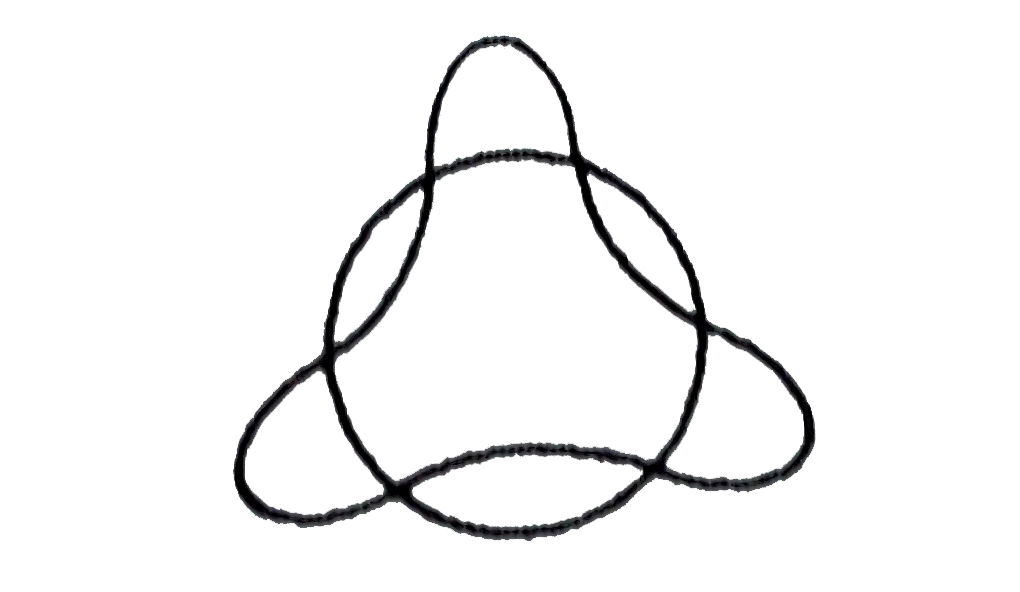Describe the Bohr quantum conditions in terms of the wave theory: demonstrate that an electron in a hydrogen atom can move only along those round orbits which accommodate a whole number of de Broglie waves.
Text Solution
The Bhor condition
∮pdx=∮2πħλdx=2πnħ
For the case when λ is constant (for example in circular orbits) this means
2πr=nλ
Here r is the radius of the circular orbit.
|
Topper's Solved these Questions
- ATOMIC AND NUCLEAR PHYSICSBOOK - IE IRODOV, LA SENA & SS KROTOVCHAPTER - ATOMIC AND NUCLEAR PHYSICSEXERCISE - Properties Of Atom
69 Videos
- ATOMIC AND NUCLEAR PHYSICSBOOK - IE IRODOV, LA SENA & SS KROTOVCHAPTER - ATOMIC AND NUCLEAR PHYSICSEXERCISE - Molecules And Crystals
48 Videos
- ATOMIC AND NUCLEAR PHYSICSBOOK - IE IRODOV, LA SENA & SS KROTOVCHAPTER - ATOMIC AND NUCLEAR PHYSICSEXERCISE - Elementary Particles
20 Videos
- DIRECT CURRENTBOOK - IE IRODOV, LA SENA & SS KROTOVCHAPTER - DIRECT CURRENTEXERCISE - All Questions
15 Videos
Similar Questions
Knowledge Check
What is the de Broglie wavelength of electron , in hydrogen atom , moving in an orbit having maximum magnetic quantum no. +2?
A9.97ÅB2.8ÅC6.12ÅD3.32ÅThe De-Broglie wave length of electron in second exited state of hydrogen atom is
A5AB10AC100AD6.6Athe number of de broglie wavelength contained in the second bohr orbit of hydrogen atom is
A1B2C3D4
Derive Bohr's quantisation condition for angular momentum of orbiting electron in hydrogen atom using De Broglie's hypothesis.
View SolutionDerive Bohr's quantisation condition for angular momentum of orbiting electron in hydrogen atom using De Broglie's hypothesis.
View SolutionState Bohr's quantum condition for stationary orbits in terms of de-Broglie wavelength.
View SolutionThe De-Broglie wave length of electron in second exited state of hydrogen atom is
View SolutionAccording to Bohr's quantum condition an electron in hydrogen and hydrogen like atoms can revolve in those stable orbits in which its momentum is an integer multiple of Planck's constant.
View Solution

